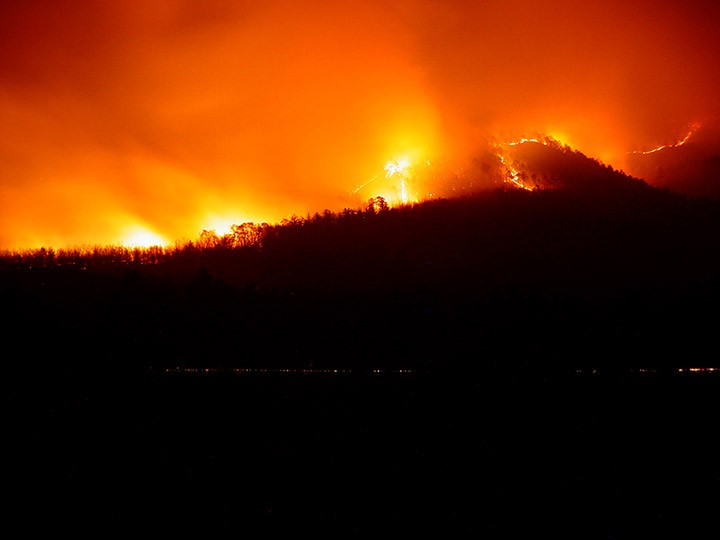Americans are making a little progress cutting the greenhouse gas emissions that exacerbate climate change, but it’s still not enough. This is one key finding of the Fifth National Climate Assessment for the United States.
For the first time, this report also lays out the economic case for how climate extremes are causing harm, devoting an entire chapter to economics. Climate change is now to blame for the highest historic levels of greenhouse gases in the atmosphere, highest rate of sea level rise, highest global temperature rise and most extreme droughts and floods in thousands of years. These all put people and communities at risk.
The report states: “U.S. greenhouse gas emissions have declined in recent decades but must decrease at a faster pace to meet mitigation targets and goals. Reaching net-zero emissions will involve improvements in energy efficiency, greater reliance on solar and wind energy, widespread electrification and reliance on emerging technologies. Large reductions in emissions could improve human health and redress legacies of inequity.”
In order to reach a target of net-zero by mid-century, researchers say emissions in the U.S. would have to decrease about 6% each year. This historic report documents that greenhouse gas emissions in this country peaked in 2007, and fell 12% between the years 2005 and 2019. The decline is mainly because of coal being replaced by natural gas and renewable energy technologies. Now, transportation has become the biggest polluter.
The NCA5 chapter on economics explains that climate extremes frequently directly affect people economically. These could be hurricanes, floods or wildfires. Financial harm can be through crop losses, infrastructures damaged or destroyed, lower property values, emergency department stresses and community relocations.
What Can We Do About It?
The report explains how reducing greenhouse gas emissions could not only improve jobs and economic outlook, but add a layer of energy and food security. It notes that the cost of renewable energy systems like solar is much lower than it was just a decade ago. Further, the latest federal programs add generous grants and tax incentives for those wanting to add renewables.
Read the climate assessment for yourself here
Anne Brock is marketing coordinator for SolarAlliance.com which offers start-to-finish solar project management, energy evaluations and continuing education Solar 101 classes for some professionals. She can be reached at: 865-221-8349 or abrock@solaralliance.com

